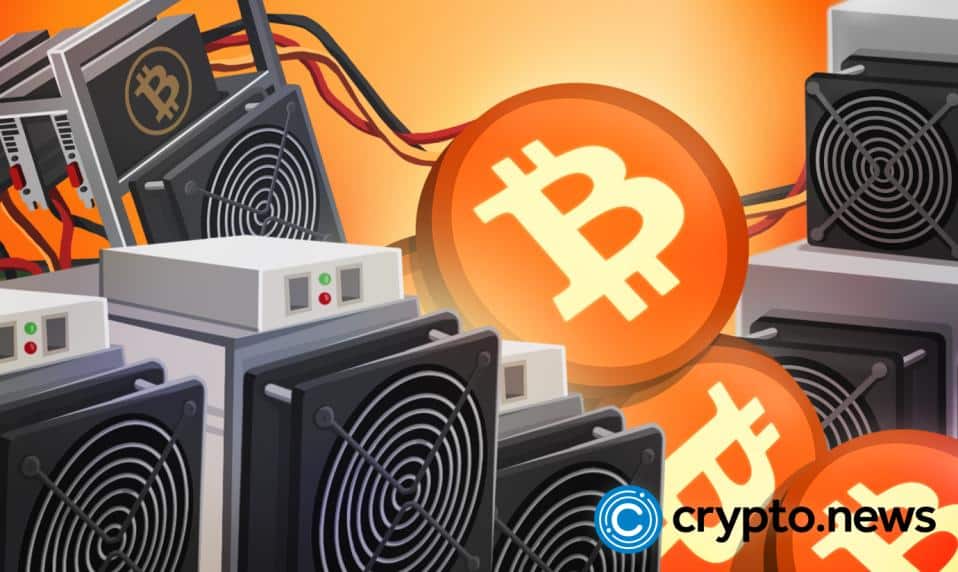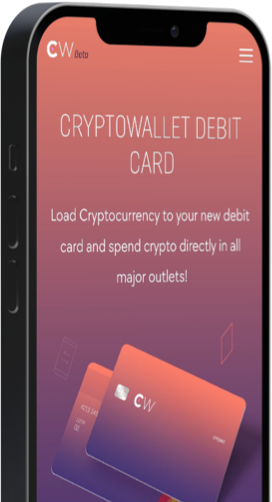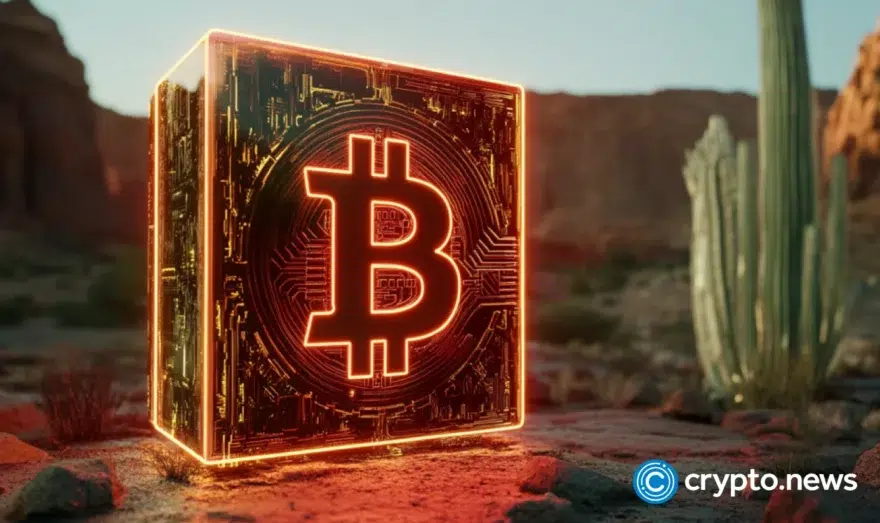What Happens When All 21 Million Bitcoin Are Mined?

One of Bitcoin’s strongest features is its limited supply. The digital currency’s design gives it a maximum total supply of 21 million coins. Today, approximately 90 percent of bitcoin has already been mined. As we approach Bitcoin’s supply limit, there is uncertainty about how the cryptocurrency will behave when miners have exhausted the entire supply.
Read on to learn about what happens when all 21 million bitcoin have been mined.
How New Coins Are Added to the Circulating Bitcoin Supply
Bitcoin’s hard-coded limited coin supply is regulated by its proof-of-work (PoW) consensus algorithm. Miners deploy computing power to mine new blocks on the Bitcoin blockchain to receive compensation in the form of the block reward paid out in newly mined units of bitcoin (in addition to on-chain transaction fees).
New bitcoin enter the circulation roughly every 10 minutes. This is the average period it takes to create a new bitcoin block. By design, new bitcoin are released at a predictable rate through the block reward mechanism.
After every four years, the block reward is reduced by 50 percent in an event called “the halving.” This means every 210,000 blocks, the block reward is cut in half. Currently, the reward for producing a new block is 6.25 BTC.
As of January 2022, close to 19 million coins have been released into circulation. The final bitcoin is not expected to be mined until some time in 2140.

 Sign up today
Sign up today
What Happens After All 21 Million Bitcoin Are Mined?
Once the maximum number of coins has been mined, the flow of new bitcoin will cease. While bitcoin transactions will continue to be pooled into blocks and processed, miners will only be rewarded with transaction fees and not block rewards.
Bitcoin miners are essential as they directly provide security to the network. A reduction in earning capability may result in some miners moving to other crypto networks, potentially reducing the network’s level of decentralization and security.
However, should bitcoin adoption continue to grow steadily in the decades to come, on-chain transaction fees will likely skyrocket while most everyday bitcoin payments will occur on second layer solutions, such as the Lightning Network. As a result, miners will continue to make money even in the absence of block rewards as it could become very expensive to move bitcoin on-chain.
Remember, only a limited number of transactions are confirmed every ten minutes. Therefore, users may have to pay higher fees for transaction confirmations, especially by the time all bitcoin have been mined.
An unintended consequence of the absence of block rewards may be miners colluding in an attempt to extract higher transaction fees. In this case, on-chain fees could become extremely high. However, this would probably not affect the vast majority of bitcoin users because a range of second-layer solutions will most likely enable scalable secure, low-cost, and instant bitcoin transactions, creating a scenario where most Bitcoiners will not (need to) interact with the main chain to use the digital currency.
Anyone worried about the future of Bitcoin beyond the point where the last coin has been mined can rest assured that Bitcoin’s ingenious incentive structure has been set up in a way that ensures Bitcoin’s survival.
FAQs
What Will Bitcoin be Worth in 2030?
It’s impossible to tell what bitcoin will be worth in 2030 because the cryptocurrency market is quite volatile, and no one can accurately predict at what rate bitcoin adoption will continue in the years to come. If you talk to financial experts or Bitcoiners, you will hear price predictions ranging from $0 to $1 million.
How High Can Bitcoin Go?
While bitcoin prices are expected to rise despite the 2022 crypto bear market, it’s difficult to tell how high the price of bitcoin will go over the coming years. However, with bitcoin price predictions upwards of $300,000, it won’t be a surprise if bitcoin’s price surpasses that. Only time will tell.
How Long Will it Take to Mine the Last 10% of Bitcoin?
It’s currently estimated that the last Bitcoin will be mined in 2140 because of the halving events. That means the last 10% of Bitcoin mining won’t be complete for another 118 years.
What Happens to Bitcoin Every Four Years?
Every four years, Bitcoin undergoes a process known as halving. Bitcoin halving is a process that occurs roughly every four years where the rewards of mining Bitcoin are halved after every 210,000 blocks that are mined. Bitcoin halving reduces the block reward that miners get when they mine a new block.
Who Owns The Most Bitcoin in the World?
The person that owns the most bitcoin in the world is presumed to be Satoshi Nakamoto, the founder of Bitcoin. Nakamoto was the first to mine bitcoin and add blocks to the Bitcoin blockchain. It’s estimated that he mined nearly 22,000 blocks between 2009 and 2011, therefore, acquiring nearly 1.1 million BTC.














